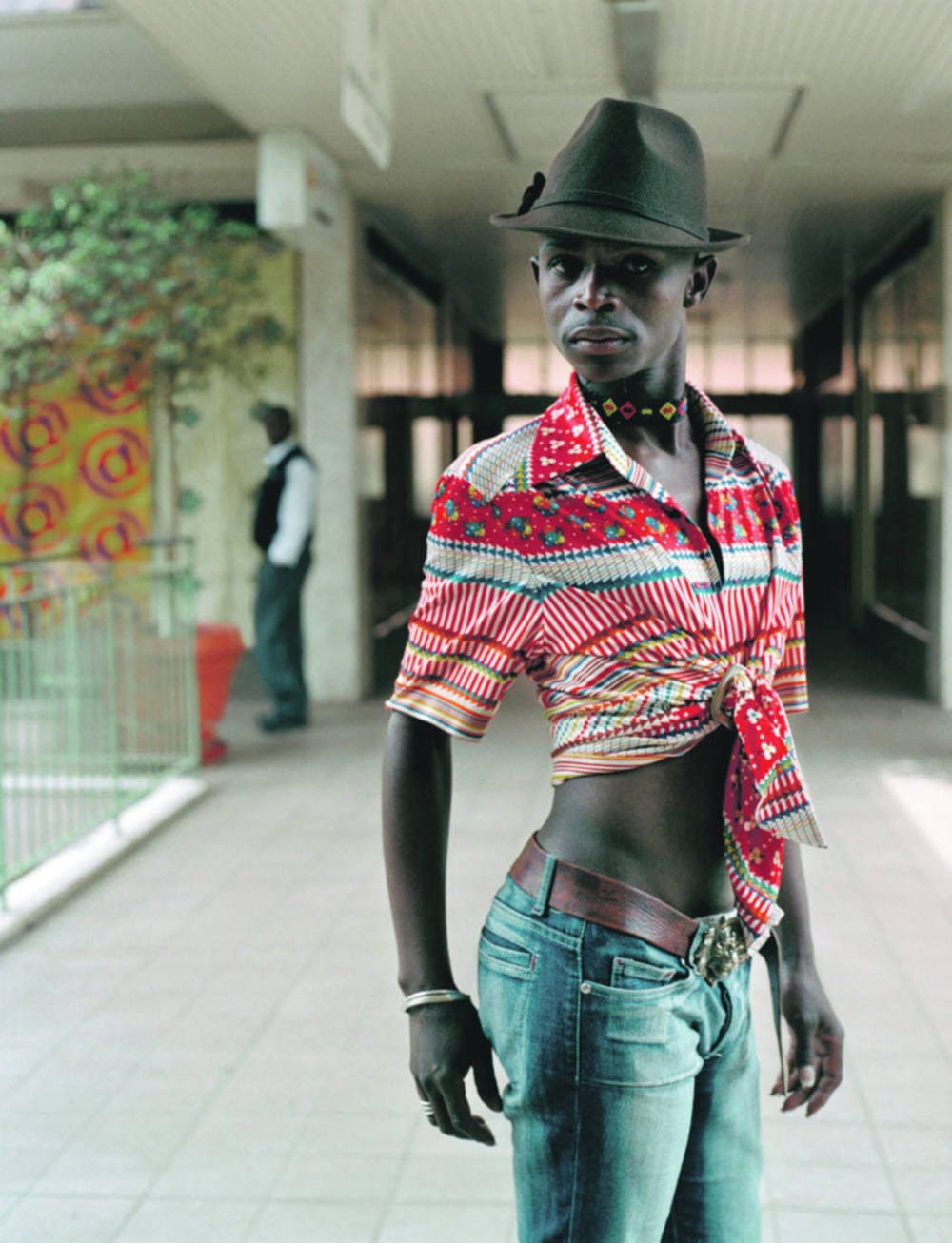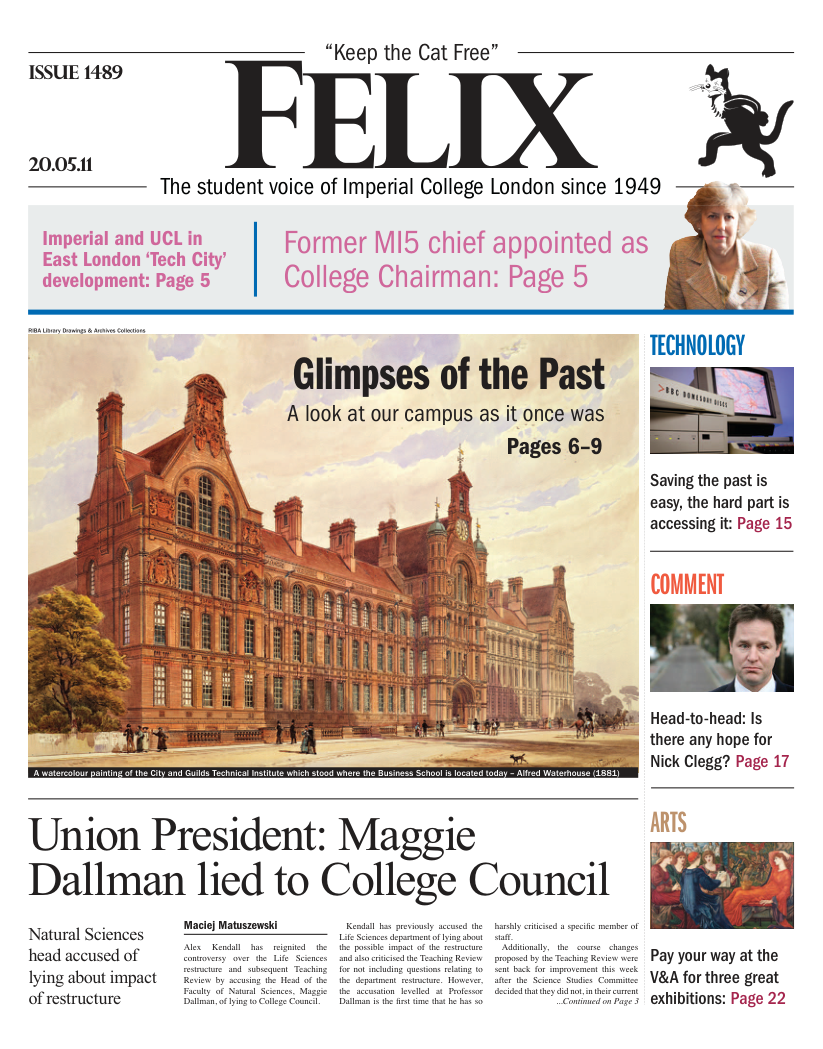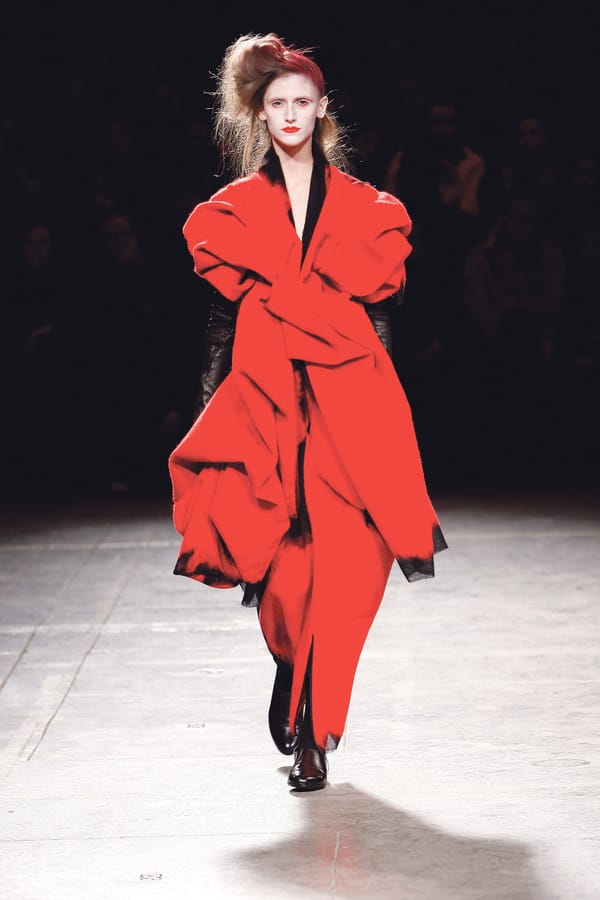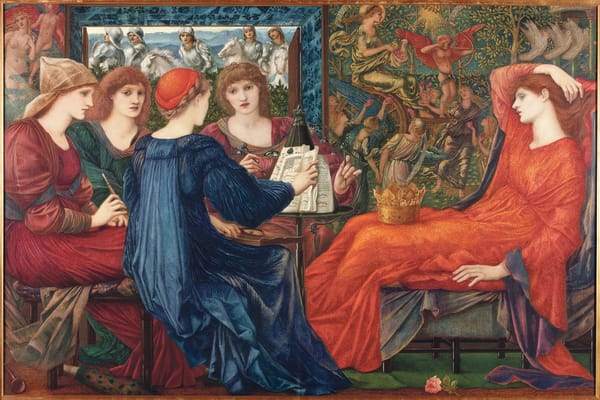New generation South Africa
Figures and Fictions gives a platform to contemporary South African photographers

The exhibition does not hold back, photos are large enough to step well away from, and with seventeen different photographers there is plenty there to see. As well as the familiar dignified portrait style are some real surprises. Amongst them Pieter Hugo’s astonishingly powerful picture of a man with a hyena, a really breathtaking piece. It is good value for money whilst being possible to visit within half an hour.
Photographs by South Africans must surely make one ask oneself why it matters that they are South Africans. It is interesting to understand what we can find out about the (dated?) concept nationality implied by this rigid labelling. These are not after all necessarily pictures of South Africans; this is the post-apartheid generation of photographs, every one taken in the last ten years and representing a huge slice of South African attitudes.
Forget exotic landscapes and beaded tribal-wear, firmly relegated to tourist brochures and Oxfam appeals, we are global now, and most of these photos feel like they could be from anywhere; they could have sprung from more or less any part of the zeitgeisty contemporary artistic world. That is because South Africans have the same interests and causes as you and I. And yet, we know they are by South Africans. Does that change anything?
There’s a real richness in the themes of the photographs, largely because I suspect, we understand that nationality does not restrict the themes of art. Many are about beauty, gender and sexuality, and interestingly so. A series of portraits of women take up a large section of the wall, South African lesbian women. Another part of a wall is dedicated just to transvestites, male South African rural transvestites.
The juxtaposition of affirming dignity and common humanity with the careful cordoning off affirmed and rigid identity is a provoking one. On the one hand, plurality is about the pride of each individual in their own identity, especially for those who have for too long been disenfranchised. On the other hand, respect for an individual and their personal identity does not actually require the use of labels to pigeonhole people who share a particular characteristic. It is particularly interesting to see how the people of a country that is recovering from the grievous wound of apartheid choose to use the labels of identity which we all deal with every day.
The photos live up to the promise of their eloquent themes as well. The huge prints manage to push some seriously exhilarating images out of their mountings, and make the audience take a step back to enjoy them.
I think photography can be an art form that is difficult to appreciate, lacking unlike other workmanship that manual skill onto which our enthusiasm can fall back if the message of the art cannot penetrate us. The key to its appreciation, unsurprisingly, is a willing immersion in the artist’s message. Only by believing that there is a message worth understanding and attempting to access it can you really enjoy and benefit from an exhibition of photography. This is no different to any other art, but I felt this exhibition especially repaid many times the effort invested in it.








